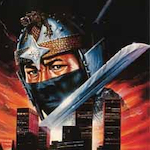 PRAY FOR DEATH is a 1985 American ninja movie starring Sho Kosugi. He’d already done the three Cannon ninja movies as well as 9 DEATHS OF THE NINJA, so this was not any kind of a first for him. It’s even the third one he did that co-starred his sons Kane and Shane. But if you’re like me and you like a ninja movie that is watchable and has a ninja in it, this is one of them.
PRAY FOR DEATH is a 1985 American ninja movie starring Sho Kosugi. He’d already done the three Cannon ninja movies as well as 9 DEATHS OF THE NINJA, so this was not any kind of a first for him. It’s even the third one he did that co-starred his sons Kane and Shane. But if you’re like me and you like a ninja movie that is watchable and has a ninja in it, this is one of them.
It’s not surprising to see that director Gordon Hessler (KISS MEETS THE PHANTOM OF THE PARK) did a bunch of TV shows like Wonder Woman and CHiPs, because that’s kind of what this feels like. His martial arts bonafides include episodes of Kung Fu and The Master. He later did another one with Kosugi, RAGE OF HONOR. What does make this one kind of interesting is that it’s written by James Booth, an English stage and screen actor who was in ZULU, DARKER THAN AMBER and CABOBLANCO. He was once such hot shit that he turned down the title role in ALFIE, but when things slowed down for him he tried out screenwriting, starting with the Charles Grodin movie SUNBURN (1979) and the Gil Gerard TV movie STORMIN’ HOME (1985).
Writing a ninja movie must’ve been a good career move for him, because after this his only other writing credits are AVENGING FORCE, AMERICAN NINJA 2: THE CONFRONTATION and AMERICAN NINJA 4: THE ANNIHILATION (two of which he also acted in). In PRAY FOR DEATH he plays the lead villain, Limehouse Willie, which is cool because when you’re playing the heavy and you’re writing it you make sure your character gets to be just an absolute prick.
Let’s deal with the hero first. Kosugi plays Akira Saito, who passes for a normal corporate executive and family man with his wife and two sons in Yokohama. The movie opens with what looks like a period ninja battle in the woods, but it turns out to be a TV show called The Black Ninja that his kids love to watch because “it looked just like Dad.” The boys take karate classes and tell Dad he should too, apparently having no idea when not at work or home he hangs out in a torch-lit temple doing ninja training with his master (Robert Ito, Rambo: The Force of Freedom, Chuck Norris Karate Kommandos).
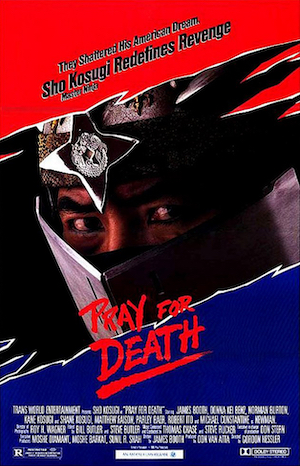
There’s a semi-complicated backstory about Saito being arguably responsible for the death of his traitorous brother Shoji (Yosh, MOON CHILD), who slips on a sword like it’s a banana peel and impales himself on another sword sticking out of a column. That’s something that should probly be included in all movies, but here it’s to establish that Saito is haunted by guilt.
His American-born wife Aiko (Donna Kei Benz, STIR CRAZY, THE CHALLENGE) convinces him they should move to the States and buy a restaurant, despite his fear that “American cities are so violent!” She says, “You’ve been watching too many movies,” which is always a funny line to be written by the people who make the exact type of movies that he’s being accused of watching too many of.
They buy an L.A. restaurant/home combo from a nice old widower named Sam Greene (Parley Baer, WHITE DOG). A big show is made of a padlocked off section Sam’s late wife ran as a cigar store, because it is the hiding place of the McMuffin – a valuable necklace. The sinister local gangster Mr. Newman (Michael Constantine, DEADFALL) believes Greene has it, but it was actually stolen by a different gangster and he knows nothing about it. So Mr. Newman’s enforcer Limehouse Willie beats Sam to death (so savagely the other henchmen get upset) and lights him and his station wagon on fire. Then he proceeds to go after the proprietors of the newly opened Aiko’s Japanese Restaurant.
I like how the shit hits the fan at the same time as another unrelated action trope. Local teens try to bully the younger son, Tomoya, and steal his bike after Mom sends the boys to the store to buy milk. Older brother Takeshi does a bunch of high flying karate on the motherfuckers like they deserve, meanwhile the grown adult gangsters are also at the convenience store and they kidnap Tomoya. Takeshi tries to run after them and Willie actually bashes him in the face with a car door, so he goes home with his face all bloody. That’s a line action movies don’t usually cross, actually.
Saito, of course, goes into action, which includes finding clues (ninjas are detectives in my opinion) as well as going to the meeting place and getting back his son. But other battles ensue, and soon his wife and newly returned son end up in the hospital. I would like to note that Takeshi wears a white and black Michael-Jackson-esque zipper jacket when he visits them. The hospital is not safe, because Willie shows up disguised as a doctor, is caught, runs off and suddenly appears again in a police uniform.
Saito’s master told him when he left Japan that “You cannot escape your shadows,” and sure enough he finds himself with no other choice but to go full blown ninja on a motherfucker. To me a kidnapped child would be motive enough, but Booth-as-screenwriter takes it to the next level by having Booth-as-actor murder Saito’s wife. So, fuck it – he sets up shop at a warehouse, forges himself a sword, and dons the scary ceremonial ninja helmet his master gave him. I like that kind of touch – somebody coming after you with a sword is one thing, but if they’re wearing a crazy get up like that you know you REALLY pissed them off. He looks like a metal demon.
One very 1985 part of this movie – the kind of thing I thought was cheesy back in the day but have subsequently come to love – is that this theme of his ninja past as his “shadow” is represented by a rock song called “Back to the Shadows” by Peggy Abernathy. It plays over the opening credits (classic father and sons katas in front of a solid red background) and is reprised for this weapon-making montage. I like that the ritualistic burning of his wife’s photo syncs up with the guitar solo. Also during this montage Takeshi is building something for his bike, which turns out to be a little box that dumps red smoke. It’s not very useful, but the blowdart and nunchakas are.
By the way, while we’re on the topic of montages, I want to note that this was edited by Bill Butler, who also did A CLOCKWORK ORANGE. And CUTTING CLASS.
One action highlight is when Saito does a flip over a pickup truck (not to be confused with when he does a flip out of one before it crashes and explodes). I think it’s a composite or something, but it’s cool. He also ducks under the truck and grabs onto the undercarriage. The final duel takes place in a mannequin storage room, which is always a good location, but it’s funny that as far as I noticed there is no explanation for them. And some of them are weird. One has scary light up eyes, one has black, dripping paint spots over the eyes.
My favorite part of the fight is when Willie chops off the end of Saito’s sword with an ax, but Saito uses what’s left of his blade to chop off the handle of the ax. It’s like some kind of rock-paper-scissors weapon hierarchy thing.
In the end Willie does literally pray for death, Saito gets the ol’ “hint hint we know it’s you, we’re gonna let it go this time but watch it” from the cops, and “Back to the Shadows” plays again on the end credits. PRAY FOR DEATH is nothing special, but nothing to complain about either. I had a good time.
It looks like in Finland this was marketed as part two to REVENGE OF THE NINJA, which I guess makes as much sense as ENTER THE NINJA, REVENGE OF THE NINJA and NINJA III: THE DOMINATION being a trilogy. But this one was not distributed by Cannon – it was Transworld Entertainment (BLOOD BEAT, THUNDER WARRIOR I, II and III, BITS & PIECES, CATCH THE HEAT, MANIAC COP, SONNY BOY, DEADLY WEAPON, ROBOT JOX, I COME IN PEACE).

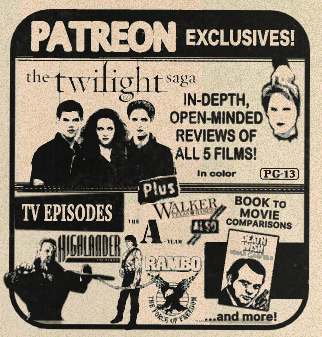

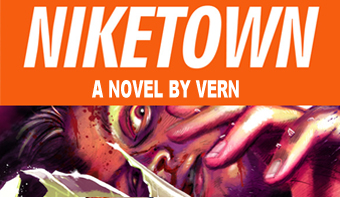
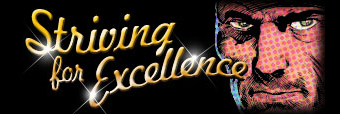
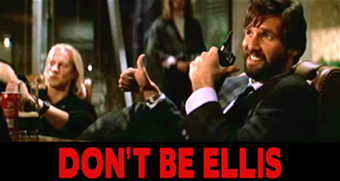

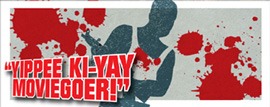








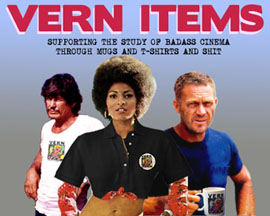
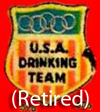
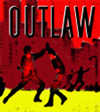







February 4th, 2021 at 2:41 pm
Revenge Of The Ninja and Pray For Death were both distributed by Video Express in Finland, so they made Pray For Death look like a sequel for marketing purposes. This was common practice in European countries. Good flick, although Revenge is the better ninja movie.